April 18, 2025 | 17:17 GMT +7
April 18, 2025 | 17:17 GMT +7
Hotline: 0913.378.918
April 18, 2025 | 17:17 GMT +7
Hotline: 0913.378.918
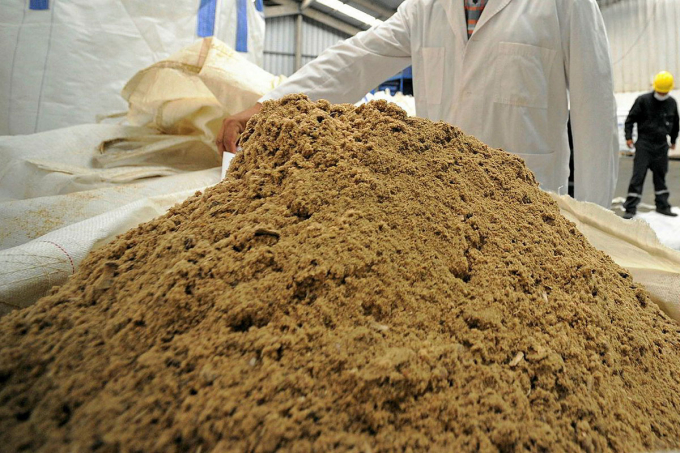
Vietnam has to import fishmeal despite having thousands of kilometer-long the coastline due to unqualified domestic products.
On October 25, at the online conference "Deploying solutions to stabilize the production, processing, and consumption of livestock products," Mr. Nguyen Van Bach, Director of Amavet Veterinary Medicine Business Joint Stock Company, expressed some opinions related to the issue of animal feed.
According to Mr. Bach, currently, animal feed costs account for the highest proportion in the livestock industry's structure, up to more than 60%. Meanwhile, raw materials for animal feed in Vietnam currently have to be imported to over 90%.
"To solve the remaining problems related to livestock raw materials and sustainable development of the livestock industry, we need to make changes to reduce production costs. These are changes in technology in seed production, changes in production habits, and other changes to reduce production costs," emphasized Mr. Nguyen Van Bach.
In addition, to achieve the above goal, there is a need for cooperation and association between the Department of Livestock Production and the Department of Crop Production to come up with solutions to reduce production costs related to animal feed materials, reduce the proportion of imported animal feed compared to the present.
Emphasizing the ingredients that provide protein, Mr. Bach said: "Our country has thousands of kilometers-long coastline, but fishmeal for animal feed still has to be imported, the reason is that the quality of fishmeal in the country is limited, not quality assurance."
The solution proposed by Amavet Veterinary Medicine Business Joint Stock Company's representative is that it requires the participation of the Agricultural Product Processing and Development Department, in conjunction with the Department of Livestock Production, to be proactive in protein materials' supply.
In addition to proactive domestic measures, Mr. Bach also said that management agencies need to have more criteria to limit the number of cattle and poultry meat imported into Vietnam.
"Vietnam joins the world economic integration, so it cannot limit the import of cattle and poultry meat. However, we should have technical barriers to solve this problem," said Mr. Nguyen Van Bach.
To illustrate the above recommendation, Mr. Bach said that about 20 years ago, Vietnam's white chicken market was very developed. Still, after integration, it gradually decreased because it could not compete with imported products.
"The reason is partly because of the price. For example, imported thigh and chicken wings cost less than one dollar (equivalent to VND 23,000). Meanwhile, domestic chicken prices are from VND 24,000-27,000. Therefore, they cannot be competitive," the Director of Amavet Veterinary Medicine Business Joint Stock Company said.
The technical barriers solution he proposed is that it is possible to ban the import of items containing some substances that Vietnam does not use in animal husbandry or set an expiration date for imported foods.
In addition, Mr. Bach also suggested a solution for the livestock industry that the Department of Livestock Production should pay attention to statistics, warnings, and planning for the industry.
"After each epidemic or every time the price increases, people rush to invest in livestock. This will have a lot of potential risks if we do not have a specific plan," added Mr. Nguyen Van Bach.
Currently, Vietnam has about 265 businesses producing animal feed, including 85 ones belonging to foreign companies (accounting for 32%), 180 ones belonging to domestic companies (accounting for 68%).
However, domestic small and medium enterprises are weak in competitiveness compared to foreign enterprises. Accordingly, foreign businesses account for 65% of the market share. Domestic companies hold the remaining 35% of the market share.
According to the General Department of Customs, in July, Vietnam imported animal feed and raw materials with about US$ 476.98 million (up 50.4% compared to July 2020).
By the end of 7 months, Vietnam spent over US$ 2.93 billion (up 37.1% over the same period in 2020) to import animal feed and raw materials.
Translated by Ha Phuc
/2025/04/18/0614-0-nongnghiep-120604.jpg)
(VAN) Cashew nuts are not only a nutritious food but also a golden raw material in both cuisine and export, contributing to elevating Vietnamese agricultural products onto the global stage.
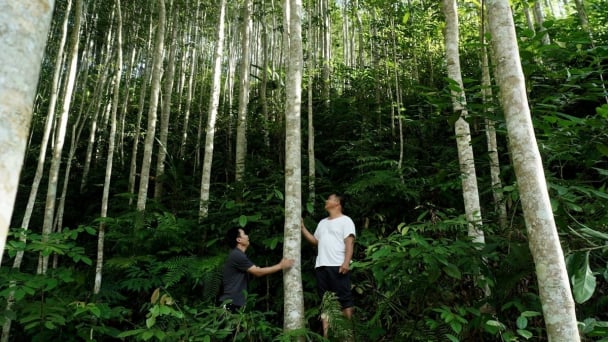
(VAN) Orders from wood processing businesses in Bac Kan Province for export to the U.S. have been cancelled or suspended, even all orders cancelled in some cases.
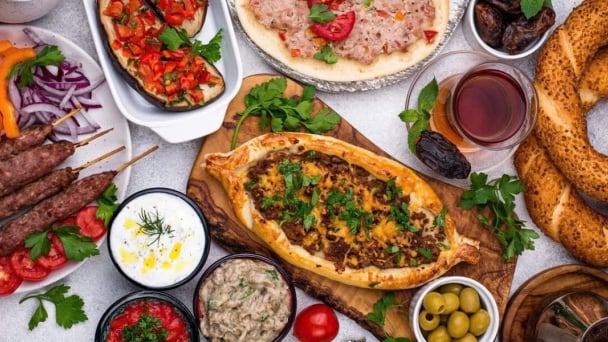
(VAN) Vietnam is regarded as one of the gateways to enter the Halal market in the Asia-Pacific region, which has the world’s largest Muslim population.

(VAN) With an annual production scale of around 5 million tons, Vietnam has enough potential to transform rice bran into a key export commodity if combined with deep processing.
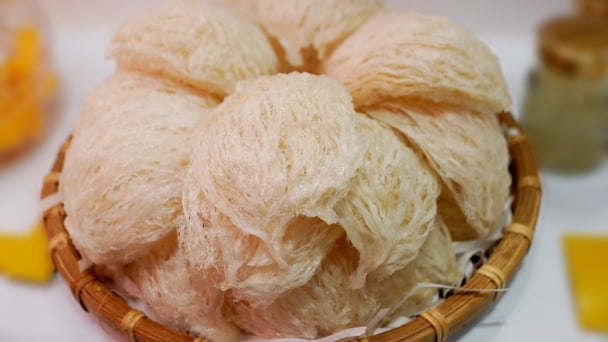
(VAN) As the world’s largest consumer of bird’s nest products, China is gradually becoming a 'golden' market for Vietnamese bird’s nests.
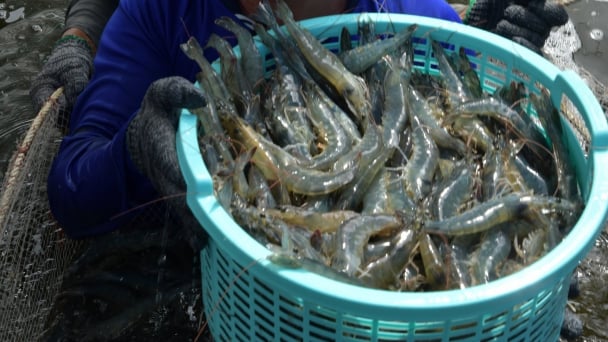
(VAN) Deputy Minister Phung Duc Tien has directed the fishery sector to diversify its farming objectives during the conference reviewing Q1 performance and outlining tasks for April and Q2/2025.
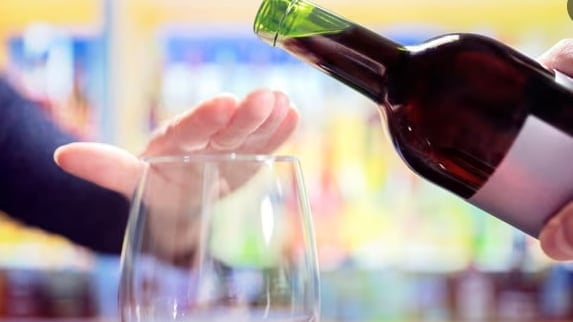
(VAN) Consumption and production falls in almost every market as industry fears a ‘generational’ change in drinking habits.